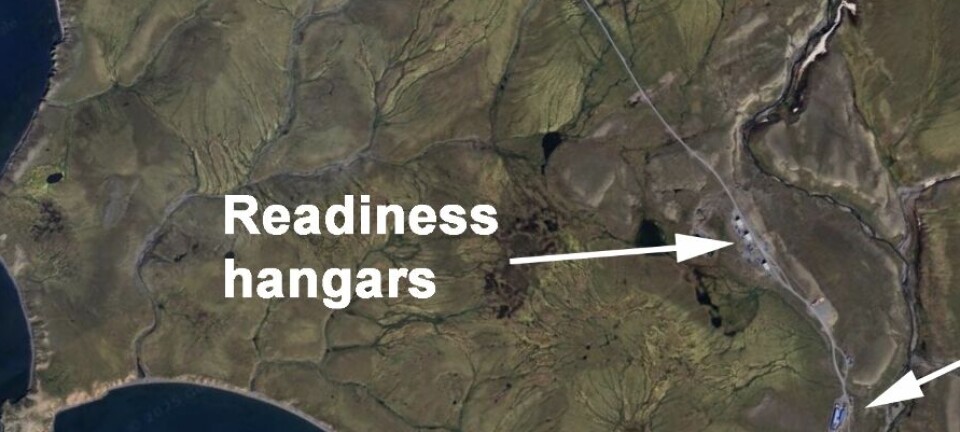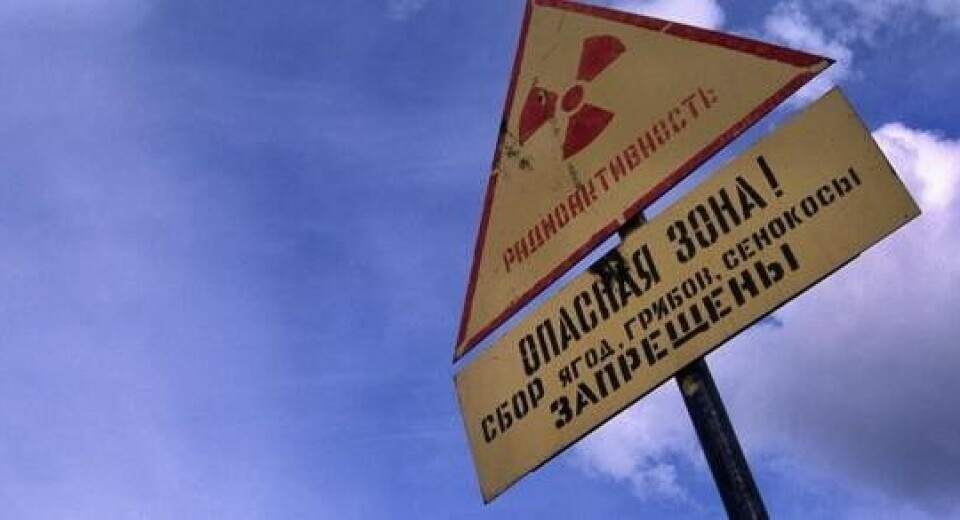
No radiation measured in Norway after Putin's Burevestnik missile allegedly flew 14,000 km
The Chief of the General Staff, Valery Gerasimov, told Vladimir Putin on Sunday that a successful test of the Burevestnik missile was carried out on October 21, with the missile flying 14,000 km and in the air for about 15 hours.
Neither Gerasimov, nor Putin, said where the test took place, but the Barents Observer has studied NOTAM (Notice to Airmen) announcements for last Tuesday showing that Russia had closed off a large area around Novaya Zemlya.
Several vessels linked to the testing program were positioned along the coast of the Arctic archipelago, both on the Barents Sea and Kara Sea sides. Also, Rosatom and the Armed Forces had aircraft based at the Rogochevo airfield at the time.
There has been a lot of activity at and around the Pankovo test site for the Burevestnik missile all summer and autumn as previously reported by the Barents Observer.
Putin did not hide his pride when he on Sunday commented on the test that took place on October 21.
"I remember vividly when we announced that we were developing such a weapon, even highly qualified specialists told me that, yes, it was a good and worthy goal, but unrealizable in the near future. This was the opinion of specialists, I repeat, highly qualified. And now the decisive tests have been completed," Putin said according to the transcript posted by the Kremlin from Sunday's meeting with Gerasimov.
It was in 2018 that Putin for the first time confirmed that Russia was developing a nuclear-powered cruise missile with intercontinental range.
Asked by Putin about the duration of the flight, Gerasimov said it lasted for 15 hours.
"That is not the [maximum] limit," the Chief of General Staff added.
Novaya Zemlya is about 850 kilometers from its southern tip to its northernmost point. If the Burevestnik missile indeed flew 14,000 km, it either flew in zigzag around the Arctic archipelago, or it made a longer route across Russia's northern regions.
Flying a distance of 14,000 km during a 15-hours period gives an average speed of 933 km/h (580 mph).
The missile is capable of changing course mid-air, according to previous Russian statements. Valery Gerasimov on Sunday confirmed that different maneuvers were carried out.
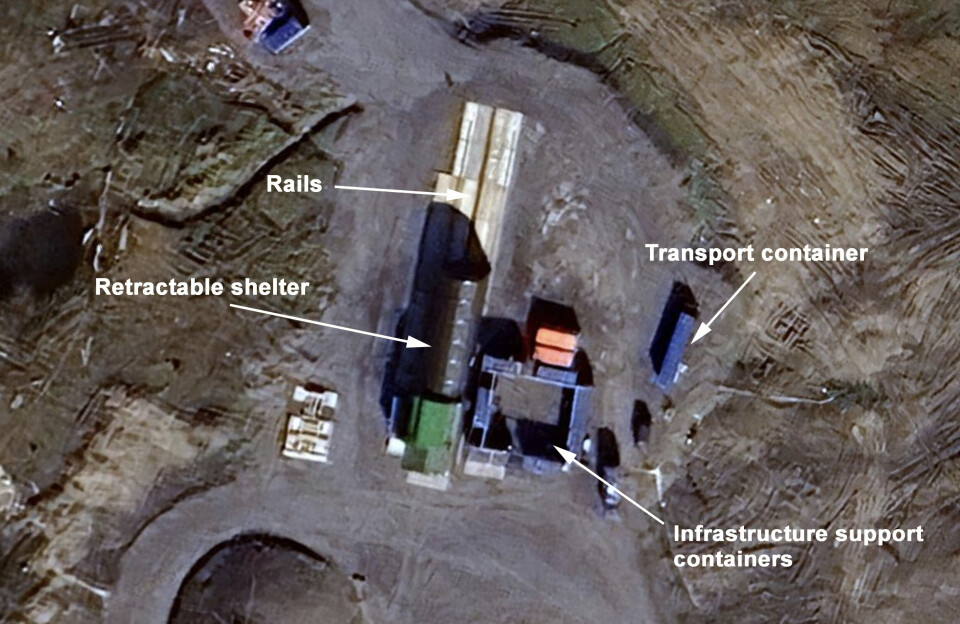
Although testing and development of the nuclear-powered cruise missile has been going on at least since 2017, the flight this week is the first time such a long-distance test was carried out.
"The technical characteristics of the Burevestnik generally allow it to be used with guaranteed accuracy against highly protected targets at any distance," Gerasimov told Putin.
He said "vertical and horizontal maneuvers were completed" allowing the missile to "bypassing anti-missile and air defense systems."
The test took place one day before Russia's annual strategic nuclear exercise Grom.
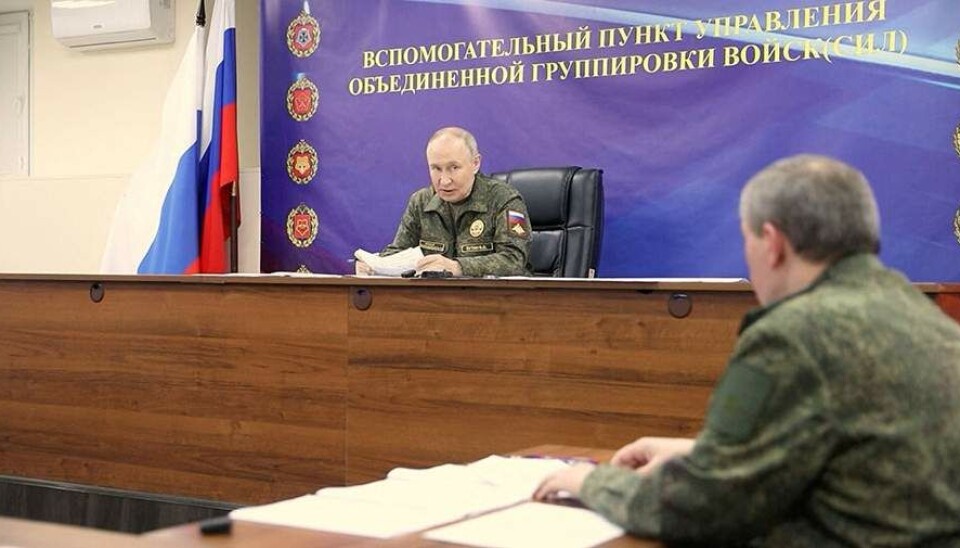
Vladimir Putin said it remains to be decided how Russia should classify the new weapon.
Traditionally, cruise missiles are listed among tactical nuclear weapons, but given the Burevestnik's intercontinental range it could be included in the strategic nuclear forces.
Russia's bilateral New START treaty with the United States, limiting the number of strategic nuclear warheads and launchers, expires in February 2026.
"We need to determine the possible uses and begin preparing the infrastructure for deploying this weapon in our Armed Forces," Putin said in his conversation with Gerasimov.
No radiation reported
The Norwegian Radiation and Nuclear Safety Authority (DSA) said to the Barents Observer on Sunday that no spikes in radiation have been reported so far at any of the monitoring stations in the country.
"We have not measured anything abnormal at our measuring stations in Norway. If there has been a radioactive release in connection with Russia's testing of the cruise missile, it will take a long time to travel to Norway, and it will take time before it can be registered at our measuring stations," said press spokesperson Hallfrid Simonsen in a phone interview with the Barents Observer.
Norway has a network of air filter stations from Ny-Ålesund on Svalbard in the high north and across the mainland.
"Our routine monitoring of radioactivity in the air is extremely sensitive and will pick up even small amounts of radioactive substances. Again – there is a long transport time from Novaya Zemlya. The filters on the air samplers are changed every week, and it varies when this is done at the different air filter stations," Simonsen said.
In addition to Svalbard, the nearest filter station Norway has is at Svanvik in the Pasvik valley, about 900 km from the Pankovo launch pad at Novaya Zemlya.
There are no reports from Russia about the levels of radiation from the Arctic area where the missile was flying.
What goes up must come down
No officials in Russia have yet reported details about where the Burevestnik missile finally crashed after the alleged 15-hour flight on Tuesday.
All of Novaya Zemlya is a closed-off military area where civilians have no access. There are several ships positioned in the area, on both sides of the Matochkin Strait. If the missile crashed in the Barents Sea or Kara Sea, a recovery operation is likely already underway.
Rosatom's special purpose ship Rossita is currently on stand-by close to Gremikha on the eastern coast of the Kola Peninsula. The Rossita has in previous years made port calls to Severnaya at Novaya Zemlya after the Burevestnik test seasons have ended.
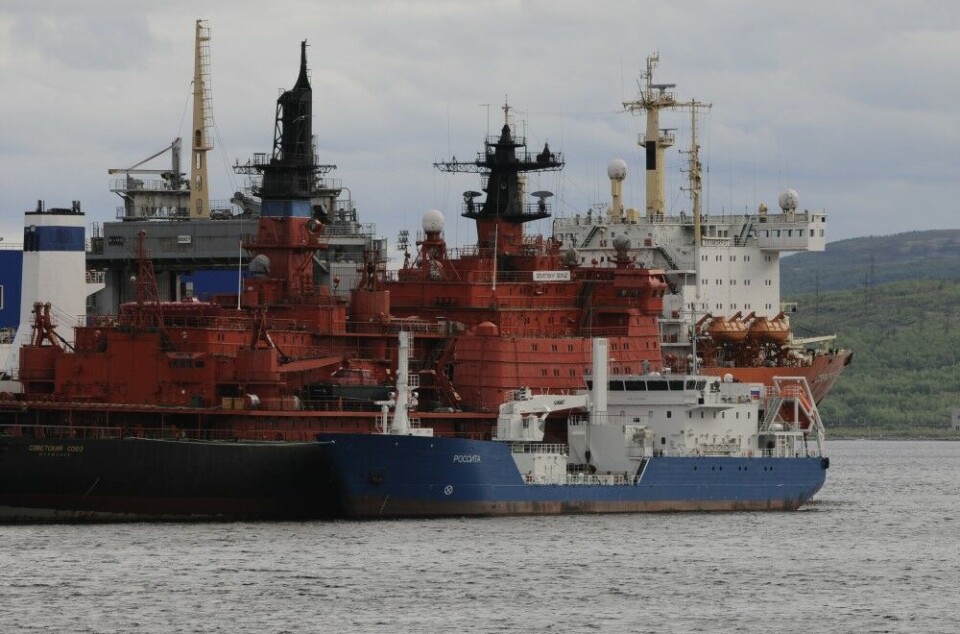
The Burevestnik has a poor test record.
In 2018, shortly after Vladimir Putin showed for the first time a video of the test-launch of the missile at Novaya Zemlya, the Norwegian-based environmental group Bellona suggested that mysterious radiation measured in the air up north that winter originated from the open-air-cooled reactor core of Russia's new weapon.
Later the same year, a U.S. intelligence report said that one nuclear-powered missile launched in 2017 had been lost at sea and that Russia would send a search and recover mission to try to lift the crashed missile from the seabed.
It is still unclear whether the crashed missile mentioned in the 2018 report was the one at Novaya Zemlya, or if it was the one that the year after made world-wide headlines.
Nenoksa explosion
The Barents Observer was the first foreign media to report about the explosion in the White Sea outside Nenkosa on August 8, 2019 which killed five Rosatom experts and caused a spike in radiation in the nearby city of Severodvinsk.
The explosion happened on board a barge shortly after recovery of the reactor unit from the seabed.
Whether or not there are accidents, testing of a reactor-powered cruise missile itself will bring releases of radioactivity since the highly enriched uranium core does not have a closed cooling circuit, but uses air for cooling when flying.
"The testing carries a risk of accidents and local radioactive emissions," said Norway's Intelligence Service (NIS) in its threat assessment report published last fall. The NIS said that testing of both missiles and torpedoes in Russia's regions near to Norway are expected to continue.


